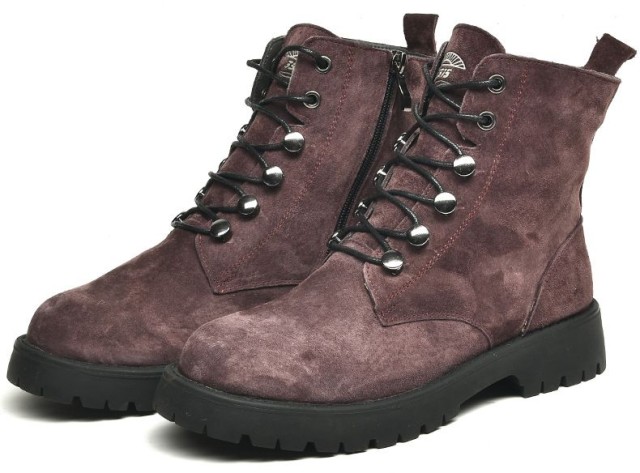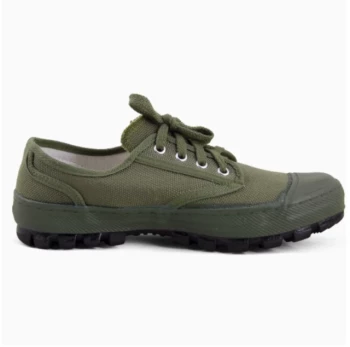When investing in Goodyear welt shoes, the leather type determines not just aesthetics but decades of wear. This guide examines how full-grain leather outperforms alternatives in durability, why exotic leathers involve trade-offs, and how to match materials to your lifestyle—ensuring your footwear remains a practical heirloom.
The Science of Leather in Goodyear Welt Construction
Goodyear welt shoes are prized for their resoleability, but the upper leather’s quality dictates longevity. Research shows three critical factors:
- Tensile Strength: Full-grain leather’s intact fiber structure resists tearing at stress points like toe creases.
- Patina Development: Vegetable-tanned leathers evolve aesthetically while maintaining structural integrity.
- Stitch Retention: High-density hides prevent seam breakdown during repeated resoling.
Example: A study comparing leather types found full-grain variants retained 40% more stitch integrity after 5 years than corrected-grain alternatives.
Why Full-Grain Leather Dominates Durability
Full-grain leather’s superiority stems from its unaltered top layer:
- Natural Imperfections = Character: Scars and grain variations signal minimal processing, enhancing breathability and flexibility.
- Self-Healing Properties: Light scratches blend into the patina over time, unlike coated leathers that show permanent marks.
- Cost-Per-Wear Advantage: While 20-30% pricier upfront, full-grain outlasts synthetic-bonded leathers by decades.
Pro Tip: For wet climates, pair full-grain uppers with wax treatments—this combo repels moisture without sacrificing breathability.
Exotic Leathers: When Aesthetics Demand Compromise
Exotics like ostrich or crocodile offer visual distinction but require concessions:
| Leather Type | Durability | Maintenance Needs | Best For |
|---|---|---|---|
| Ostrich (quill pores) | Moderate | Bi-monthly conditioning | Dry climates, occasional wear |
| Shell Cordovan | Exceptional | Annual professional polishing | Heirloom dress shoes |
| Suede | Low | Weekly brushing | Fashion-focused rotations |
Key Insight: Exotics often can’t be resoled as frequently due to thinner hides. Limit resoles to 2-3 times over the shoe’s lifespan.
From Tannery to Cobblers: How Leather Aging Impacts Resoling
Vegetable-tanned leathers age predictably, making them ideal for Goodyear welts:
- First 6 Months: Fibers loosen slightly, conforming to foot shape without stretching excessively.
- Years 2-5: Natural oils redistribute, creating a protective patina barrier.
- Decade+: Properly cared-for uppers withstand 4-6 resoles before needing replacement.
Did You Know? Cobblers report full-grain uppers account for over 80% of vintage shoes still in service after 15+ years.
Practical Guide: Matching Leather Types to Lifestyles
For Office Professionals (200+ wears/year)
- Pick: Full-grain calfskin
- Why: Handles daily commutes while polishing to formal sheen.
For Outdoor Enthusiasts
- Pick: Waxed full-grain or roughout leather
- Why: Survives abrasions; wax layers shed rain and mud.
For Minimalist Wardrobes
- Pick: Medium-brown shell cordovan
- Why: Single pair develops versatile color depth over years.
Upgrade Your Footwear Investment with 3515
As specialists in bulk footwear manufacturing, 3515 crafts Goodyear welt shoes using tannery-certified full-grain leathers—helping distributors and brands deliver shoes that outlast trends. Partner with us to source durable, high-ROI footwear your customers will wear for generations.
Final Thought: The best leather isn’t just about surviving daily wear—it’s about telling a story through every scuff and shine. Choose materials that age with intention.
Related Products
- Classic Leather Derby Dress Shoes Wholesale & Custom Manufacturing
- Durable Mid-Cut Tactical Boots for Wholesale & Private Label
- Wholesale Durable Mid-Cut Tactical Boots for Custom & Private Label Brands
- Wholesale Customizable Suede Safety Boots - Puncture-Proof with Velcro Closure
- Wholesale Leather Derby Shoes Manufacturer | Customizable Business & Dress Footwear
Related Articles
- Why Packer Boots Deliver Unmatched Value for Ranch Work and Riding
- Decoding Business Casual: A Practical Guide to Aligning with Unwritten Workplace Dress Codes
- How ASTM Safety Standards Transform Oilfield Boots Into Life-Saving Equipment
- How to Master Business Casual Attire for Any Workplace Environment
- How to Choose and Style Sneakers for Business Casual Workplaces Without Breaking Dress Codes



















